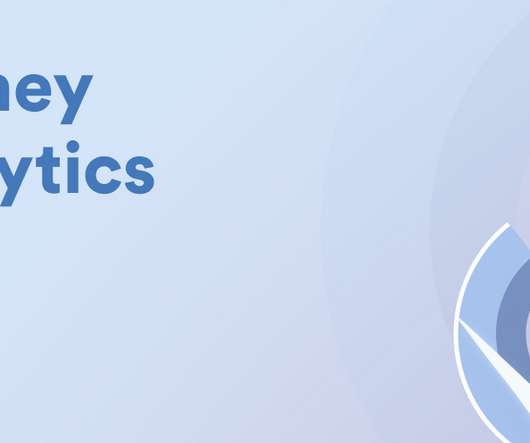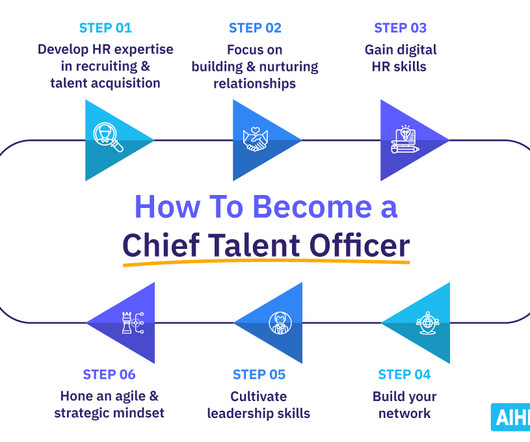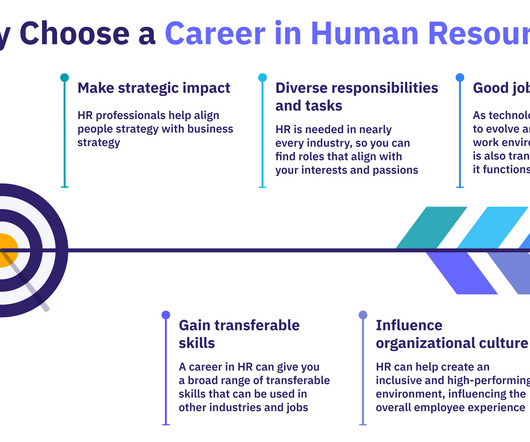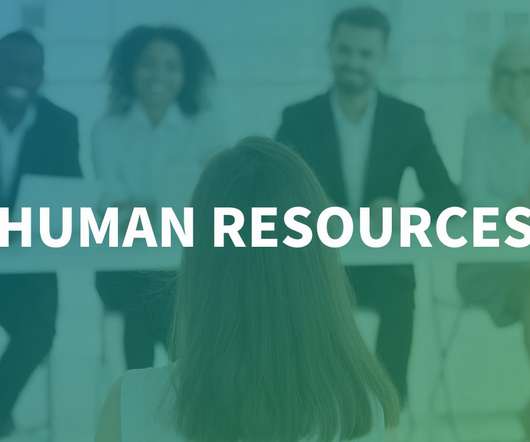Organizational Talent Pools: 4 Steps to Developing Employees
HR Bartender
JUNE 14, 2018
Here are four proven steps to developing an organizational talent pool for your organization: Review the organizational strategies. Much of the information regarding the strategies has already been gathered as part of the workforce planning activity. Regardless of the strategy, critical thinking is a necessary competency.























































Let's personalize your content